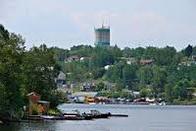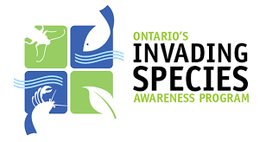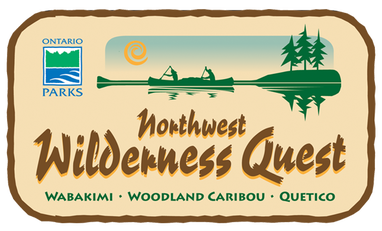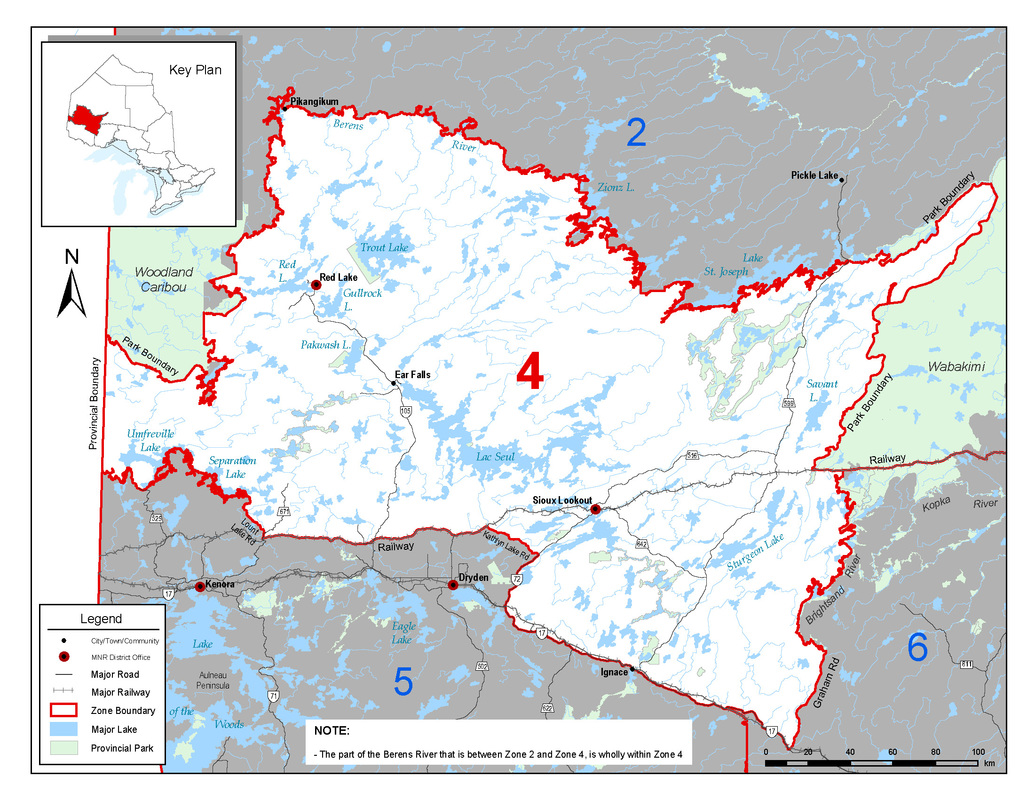Ministry of Natural Resources and Forestry
Working to maintain healthy fish stocks…to ensure that present and future generations continue to enjoy high-quality fishing…
In 2008, MNRF began a long-term program to monitor the health of Ontario’s lakes.The Broad-scale Fisheries Monitoring Program is a program designed to improve the ministry’s understanding of the current and changing state of fisheries and other aquatic resources, identifying stresses on the resources and reporting changes over time. Divided into 20 fishery Management Zones, these zones are used as a unit of measurement for most Ontario lakes. Red Lake falls within Fisheries Management Zone 4.
For more information visit: www.ontario.ca/page/fisheries-management-zone-4-fmz-4
Interview with MNRF:
Local Fishing

Why is Red Lake so popular as a tourist destination?
“Red Lake is known for it’s natural beauty and many resource-based tourism and quality recreational opportunities, including camping, hunting and fishing, for many, a trip to Red Lake is a unique opportunity to experience remote tourism and the natural beauty that defines Northwestern Ontario.”
Why is Red Lake so popular as a tourist destination?
“Red Lake is known for it’s natural beauty and many resource-based tourism and quality recreational opportunities, including camping, hunting and fishing, for many, a trip to Red Lake is a unique opportunity to experience remote tourism and the natural beauty that defines Northwestern Ontario.”
|
Tell us a bit about the types of fish common in this area. In Fishing Management Zone 4, there are at least 46 species of freshwater fish. The most common sports fish include: Walleye, Northern Pike, Lake Trout, Yellow Perch, Muskellunge (Muskie) and Lake White Fish. For more information, click here. Fish Online is a mapping tool that provides anglers with all the information needed to go fishing in Ontario. Recreational fishing is enjoyed annually by over 1.3 million anglers, and contributes nearly 2.5 billion dollars to Ontario’s economy. |
|
What type of tackle can you use in Ontario? What kinds of bait should people avoid?
Usable fishing tackle is specified in the Ontario Fishing Regulations Summary. For example, on Red Lake/ Gullrock Lake System, only artificial lures and a single barbless hook may be used while angling for Lake Trout.
The Ontario Fishing Regulations summary lists the species of baitfish permitted for use of live bait including: minnows, suckers, sticklebacks, sculpins, and darters. It is illegal to bring any crayfish, salamanders live fish or leeches into Ontario for bait.
For more information on what tackles and bait can be used in Ontario visit:
www.ontario.ca/document/ontario-fishing-regulations-summary

Are there any invasive species we should know about, and how do we prevent these creatures from getting in our lakes?
Monitoring for invasive species is included within the The Broad-Scale Fisheries Monitoring Program. Certain lakes are examined for invasive species, like spiny waterflea and rusty crayfish. Any invasive species caught or observed during the survey are reported to Ontario Invading Species Awareness Program.
You can help protect our natural environment by helping to keep invasive species out of our lakes and rivers. Just remember to inspect your boat, trailer and equipment after each use, and remove all plant and animal material, and mud before moving into a new water body.
How long have you been monitoring in NWR?
MNRF has a long history of fisheries management dating back to over a century ago with some of the earliest lake survives dating back to the 1920s.
Throughout the 1970s and 1980s, many lakes in the Red Lake area were surveyed, which captured bathymetry (lake depth), water quality and fish species composition information.
In 2012, MNRF completed the first five-year cycle of the Broad-Scale-Monitoring program, with nearly 630 lakes sampled across the province.
For more information on fish species as well as lake temperatures and profiles click here.
MNRF has a long history of fisheries management dating back to over a century ago with some of the earliest lake survives dating back to the 1920s.
Throughout the 1970s and 1980s, many lakes in the Red Lake area were surveyed, which captured bathymetry (lake depth), water quality and fish species composition information.
In 2012, MNRF completed the first five-year cycle of the Broad-Scale-Monitoring program, with nearly 630 lakes sampled across the province.
For more information on fish species as well as lake temperatures and profiles click here.


